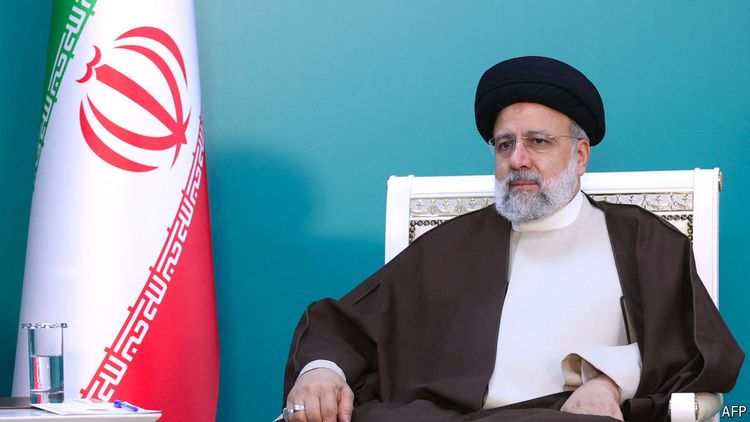The death of Iran's president would spark a high-stakes power struggle

THREE YEARS ago, when Ebrahim Raisi won the presidency in a rigged election, some Iranians thought it was a stepping stone to a bigger position. Ali Khamenei, the ageing, ailing supreme leader, did not have long to live; when he died, Mr Raisi would surely aim to replace him. But history has a sense of irony. Instead of catapulting him to the top job, winning the presidency may have cost Mr Raisi his life.
On May 19th he was returning from a visit to neighbouring Azerbaijan, where he inaugurated a dam on the border. Authorities lost contact with his helicopter in a mountainous region about 95km (60 miles) north-east of Tabriz (see map). At first they insisted there was no cause for alarm: the president’s helicopter had made a “hard landing”, although, confusingly, several Iranian news agencies reported that he travelled onwards to Tabriz by car. Within hours, though, those reports had been deleted, and state television began to broadcast prayers for the president. Almost half a day after the crash Mr Raisi was still missing, in a remote area with overnight temperatures in the low single digits. It seems increasingly likely that Iran’s president is dead, along with the foreign minister, Hossein Amirabdollahian, who was travelling in the same helicopter.





























































